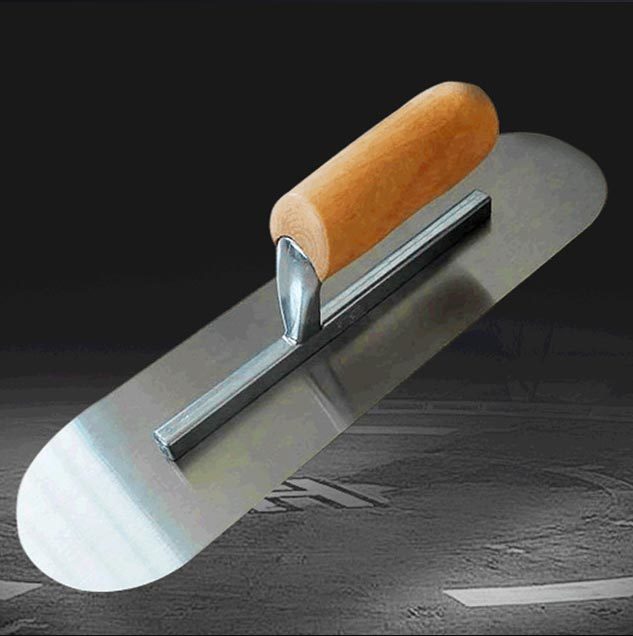Professional scraper blade manufacturers analyze how to check the quality of blade welding
Aug 08,2021
Professional scraper blade manufacturers analyze how to check the quality of blade welding
Professional scraper manufacturers analyze that in order to ensure welding quality, welding blades should be carefully inspected to identify the cause of defects and make improvements. Before inspection, the blades should be sandblasted or lightly ground to remove solder and impurities adhering to the surface of the blades, and cleaned with kerosene.
The inspection items and requirements are as follows:
1、 Check welding strength: Grind the back of the blade with a green silicon carbide grinding wheel, check the thickness of the welding material layer, which should be less than 0.15 millimeters. There should be no air holes or insufficient welding material on the bottom surface of the tool holder, and the unfilled welding seam should not exceed 10% of the total length of the welding seam. If there are pores, the blade will fall off during cutting.
Secondly, check the position of the blade in the slot:. If the blade misalignment and sagging exceed the technical conditions, it should be re welded.
Thirdly, check the welding strength: Use a moderately strong wooden or copper hammer to strike the blade, or use an I-type strong hammer to strike the blade. If the blade does not fall off the blade, it is considered qualified. Checking the welding strength of the blades does not necessarily require individual inspections, but rather spot checks.
4、 Check the flatness of the blade. If there are obvious pits on the blade, it indicates overheating and deformation of the blade. The new blade should be burned out and re welded.
Verb (Abbreviation for verb) Check for cracks: After cleaning the blade with kerosene, if the blade has cracks, the kerosene will seep into the cracks, forming black lines that can be observed with the naked eye. It can also be observed with a 10 to 40x magnifying glass.
Check the blade crack, or use color flaw detection method: this is a solution made of 65% kerosene, 30% transformer oil and 5% turpentine, with a little Sudan red. Place the blade part of the turning tool in a solution for 10-15 minutes, then wash it with clean water, apply a layer of white soil (soil, kaolin), and observe its surface after baking. If there are cracks on the blade, the color of the solution will appear on the visible white soil. Cracked blades cannot be used and need to be re welded.
In addition to the seven welding methods mentioned above, there are also methods such as oil hood, electric furnace, forging furnace, and reduction gas furnace brazing.
What are the benefits of installing the doctor blade correctly?
In corrugated cardboard printing, the correct installation of the scraper is crucial for optimizing printing performance and controlling costs. In the past, due to the complex design of cardboard box printing machines and the difficulty in installing scraper blades, replacing the blades often caused the printing machine to shut down for several hours. The scraper must be carefully installed in place to ensure successful ink transfer and ensure effective printing.
If the scraper is installed properly, the service life of the scraper and the anilox roller will be extended simultaneously, while maintaining a consistent printing effect. If the scraper is not installed properly, it will accelerate the wear of the scraper and the anilox roller at the same time, causing ink leakage in the scraper cavity, increasing the downtime of the printing machine and wasting production time. The factors that affect the correct installation of the scraper include the installation position and direction of the scraper, the contact angle of the scraper, horizontal adjustment, and pressure.
To ensure the good operation of the scraper room system, the following steps can be followed: 1. Before installing the ink sealing gasket, first install the scraper and sealing knife.
2. Slowly move the scraper closer to the anilox roller.
3. Ensure that the scraper and sealing knife are in contact with the anilox roller at the same time. If they do not come into contact at the same time, make system adjustments until both blades come into contact with the anilox roller at the same time.
4. Repeat the above steps on the drive side and operation side of the printing machine.
5. Set up a scraper chamber so that the movement distance between the scraper and the anilox roller does not exceed 1/8.
Related Posts
A tool supplier you can trust!
At Sheng’an Tools: zero compromises in quality, fair prices, industry-leading warranties, and the relentless pursuit for 100% customer satisfaction.






